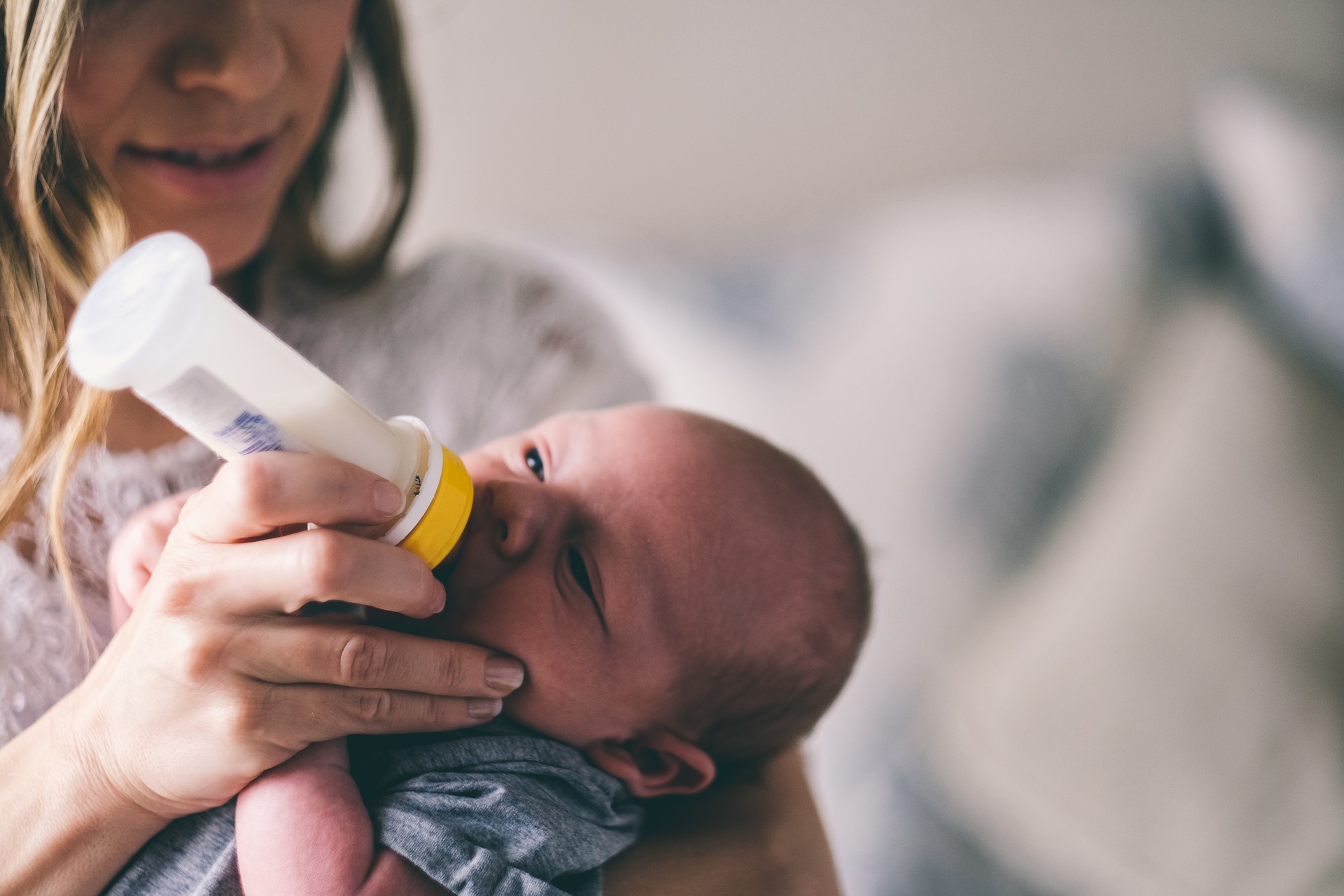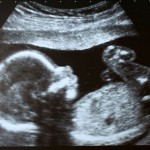Previous studies have suggested a link between opioid exposure during pregnancy and increased risk of certain major malformations, including neural tube defects. A recent study from Bateman and colleagues assesses the risk of major malformation in women with first trimester use of prescription opioid use.
This study included 1,602,580 publicly insured pregnant women in the Medicaid Analytic eXtract (MAX, 2000-14) and 1,177, 676 commercially insured pregnant women (MarketScan, 2003-15). The use of prescription opioids was defined as receiving two or more dispensations of any opioid drug during the first trimester. Overall rates of major malformations and rates of particular malformations were calculated. Propensity score stratification was used to adjust for potential confounders.
The researchers observed that 70,447 (4.4%) of the publicly insured women and 12,454 (1.1%) of the commercially insured pregnant women had two or more dispensations of an opioid. In the MAX cohort, the absolute risk of having a child with any malformation was 41.0 per 1000 pregnancies exposed to opioids versus 32.0 per 1000 unexposed pregnancies. In the commercially insured cohort, the absolute risk was 42.6 per 1000 exposed pregnancies and 37.3 per 1000 unexposed pregnancies.
In the unadjusted analysis, the relative risk of major malformations was higher in exposed pregnancies; however, the estimates shifted substantially toward the null after adjusting for potential confounders. Compared to unexposed pregnancies, the relative risk for any malformation in exposed pregnancies was 1.06 (95% confidence interval 1.02 to 1.10). There was no increase in relative risk in exposed pregnancies for cardiovascular malformations (RR 1.09, CI 1.00 to 1.18), ventricular septal defect (RR 1.07, CI 0.95 to 1.21), atrial septal defect/patent foramen ovale (RR 1.04, CI 0.88 to 1.24), or neural tube defects (RR 0.82, CI 0.53 to 1.27).
The relative risk for oral clefts remained elevated after adjustment (1.21, 0.98 to 1.50), with a higher risk of cleft palate (1.62, 1.23 to 2.14).
Minimal Risk of Malformations with Opioids, Other Risks Remain
In this analysis including over 82,000 opioid-exposed pregnancies, the use of prescription opioids in early pregnancy was not associated with a substantial increase in risk for most of the types of malformations studied, although it is possible that opioid use may be associated with a small increase in risk for oral clefts.
While these findings are reassuring, it is important to note that this study focused on women who used opioids which were prescribed to them. Outcomes may be different among women who use opioids or heroin recreationally. Although this study suggests low teratogenic risk, opioid use during pregnancy has been associated with worse pregnancy outcomes, worse neonatal outcomes, and worse long-term developmental outcomes in children. Also concerning is the finding that women with public insurance (Medicaid) are about four times as likely to use opioids during pregnancy than commercially insured women, as women in this population are more likely to experience other factors associated with worse pregnancy outcomes.
The American College of Obstetrics and Gynecology (ACOG) now recommends universal screening for opioid use during pregnancy. For women taking opioids for chronic pain, the most recent ACOG guidelines encourage the use of strategies to avoid or minimize the use of opioids for pain management and highlight alternative pain therapies, including non-pharmacologic treatments (exercise, physical therapy, behavioral approaches) or non-opioid pharmacologic treatments.
Ruta Nonacs, MD PhD
Bateman BT, Hernandez-Diaz S, Straub L, Zhu Y, Gray KJ, Desai RJ, Mogun H, Gautam N, Huybrechts KF. Association of first trimester prescription opioid use with congenital malformations in the offspring: population based cohort study. BMJ. 2021 Feb 10. Free article.








Leave A Comment